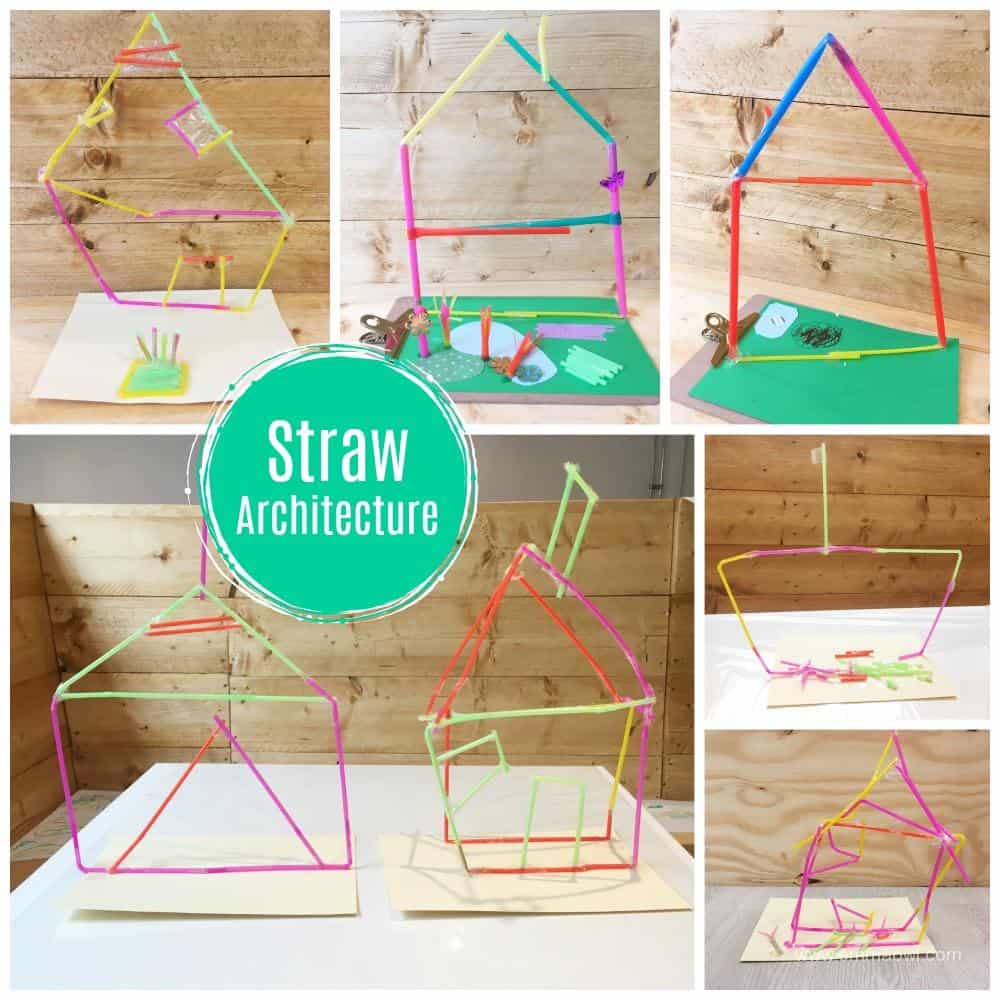So here's the deal, parents. You're probably wondering when can babies use a straw? It's a legit question that most of us have pondered at some point. Introducing a straw cup is a big milestone in a baby's development, and it’s not just about convenience. It’s also about helping them develop important skills like oral motor coordination and independence. But hey, before you go rushing to buy that cute little sippy cup with a straw, there are a few things you need to know. Let’s dive into it!
First things first, introducing a straw too early can be tricky. Babies need time to develop the necessary muscle strength and coordination to sip from a straw. Rushing this process can lead to frustration for both you and your little one. But don’t worry, we’ve got you covered. In this article, we’ll break down everything you need to know about when and how to introduce a straw to your baby.
By the end of this guide, you’ll have all the info you need to make an informed decision. We’ll cover the benefits of using a straw, the right age to start, and some tips to make the transition smoother. So grab a coffee (or maybe a glass of water with a straw, lol), and let’s get started!
Read also:Orange County Super Show The Ultimate Guide To The Largest Swap Meet In Southern California
Why Introducing a Straw Matters
Alright, let’s talk about why using a straw is such a big deal. It’s not just about cutting down on spills (though that’s definitely a bonus). Using a straw actually helps babies develop essential oral motor skills. These skills are crucial for speech development and eating solid foods later on. Plus, it encourages proper tongue positioning, which can prevent issues like tongue-thrusting down the road.
Another cool thing about straws is that they promote better hydration. Babies who drink from bottles or sippy cups often take smaller sips, which can lead to dehydration. With a straw, they can drink more efficiently, ensuring they stay hydrated throughout the day.
Benefits Beyond Convenience
Here’s a quick list of the benefits of introducing a straw:
- Promotes oral motor development
- Encourages proper tongue positioning
- Helps with speech development
- Reduces the risk of cavities (less liquid pooling around the teeth)
- Improves hydration
See? There’s so much more to it than just avoiding spills. It’s all about setting your baby up for success in the long run.
When Can Babies Use a Straw? The Ideal Age
Now, let’s get to the million-dollar question: when can babies use a straw? Most experts recommend starting around 6-9 months. At this age, babies are typically ready to start practicing with a straw. They’ve developed the necessary muscle control and coordination to sip successfully.
But here’s the thing: every baby is different. Some might be ready earlier, while others might need a bit more time. The key is to look for signs of readiness, like being able to sit up unassisted, showing interest in drinking from a cup, and having good hand-eye coordination.
Read also:Boston Yard Waste A Comprehensive Guide To Managing Your Green Waste
Signs Your Baby Is Ready
Here are some signs that your little one might be ready to try a straw:
- They can sit up on their own
- They show interest in drinking from a cup
- They can grasp objects with their hands
- They have good head control
Remember, it’s all about timing. If your baby isn’t ready, don’t force it. Wait a few weeks and try again. Patience is key!
How to Introduce a Straw to Your Baby
Okay, so you’ve determined that your baby is ready. Now what? Introducing a straw can be a fun and rewarding experience, but it does require a bit of guidance. Here’s how you can make the transition smoother:
Start by choosing the right straw cup. Look for one with a soft, flexible straw that’s easy for little hands to grip. You can also try a weighted straw cup, which helps babies learn how to sip without having to tilt the cup too much.
Step-by-Step Guide
Here’s a step-by-step guide to introducing a straw:
- Start with a small amount of liquid in the cup
- Demonstrate how to sip from the straw (you can even try it yourself!)
- Encourage your baby to try sipping by gently pressing the straw against their lips
- Praise them for their efforts, even if they don’t get it right away
- Practice regularly, but don’t force it if they’re not ready
Consistency is key. The more your baby practices, the better they’ll get at it. And hey, don’t forget to celebrate those little victories along the way!
Common Challenges and How to Overcome Them
Let’s be real, introducing a straw isn’t always a smooth ride. Some babies might struggle at first, and that’s totally normal. Here are some common challenges you might face and how to overcome them:
Challenge 1: Difficulty Sucking
If your baby is having trouble sucking from the straw, try using a thinner liquid like water. Thicker liquids can be harder to sip, especially for beginners. You can also try a weighted straw, which makes it easier for babies to draw liquid up.
Challenge 2: Spilling
Spills happen, and that’s okay. To minimize messes, start with a cup that has a valve to prevent leaks. You can also practice over a sink or high chair tray to make cleanup easier.
Challenge 3: Frustration
If your baby gets frustrated, take a break and try again later. Sometimes, all they need is a little time to adjust. Patience and encouragement go a long way!
The Best Straw Cups for Babies
Choosing the right straw cup can make all the difference. Here are some of the best options on the market:
- Munchkin Weighted Straw Cup
- Avanchy Bamboo Straw Cup
- Dr. Brown’s Options+ Straw Cup
- Comotomo Soft Spout Straw Cup
Each of these cups has unique features that make them great for different stages of development. Do your research and choose one that fits your baby’s needs.
Tips for Making the Transition Easier
Here are a few tips to make the transition to a straw cup smoother:
- Start with water or a bland liquid to avoid overwhelming their taste buds
- Practice in short sessions to avoid frustration
- Offer praise and encouragement to boost their confidence
- Be patient and consistent
Remember, every baby learns at their own pace. Some might take to the straw right away, while others might need more time. Trust the process!
When Should You Worry?
While most babies will eventually get the hang of using a straw, there are a few red flags to watch out for. If your baby is consistently struggling or showing signs of discomfort, it might be worth consulting a pediatrician or speech therapist. Here are some signs to look out for:
- Difficulty swallowing
- Choking or gagging frequently
- Refusing to try the straw after multiple attempts
If you notice any of these signs, don’t hesitate to seek professional advice. Early intervention can make a big difference!
Conclusion: Celebrate the Milestone
So there you have it, parents. Introducing a straw to your baby is a big milestone that requires patience, practice, and a little bit of creativity. By following the tips and guidelines in this article, you’ll be well on your way to helping your little one master this important skill.
Remember, every baby is different, so don’t stress if yours takes a little longer to get the hang of it. Celebrate those little victories along the way, and don’t forget to have fun with it!
Now, we’d love to hear from you. Have you already introduced a straw to your baby? What tips worked for you? Share your thoughts in the comments below, and don’t forget to share this article with other parents who might find it helpful!
Table of Contents
- Why Introducing a Straw Matters
- Benefits Beyond Convenience
- When Can Babies Use a Straw? The Ideal Age
- Signs Your Baby Is Ready
- How to Introduce a Straw to Your Baby
- Step-by-Step Guide
- Common Challenges and How to Overcome Them
- The Best Straw Cups for Babies
- Tips for Making the Transition Easier
- When Should You Worry?


